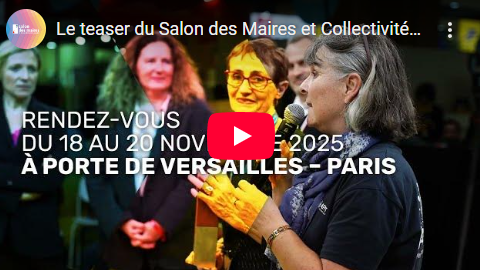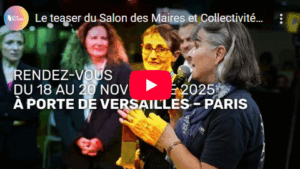The 7 major themes of the Vis-ta-Ville areas
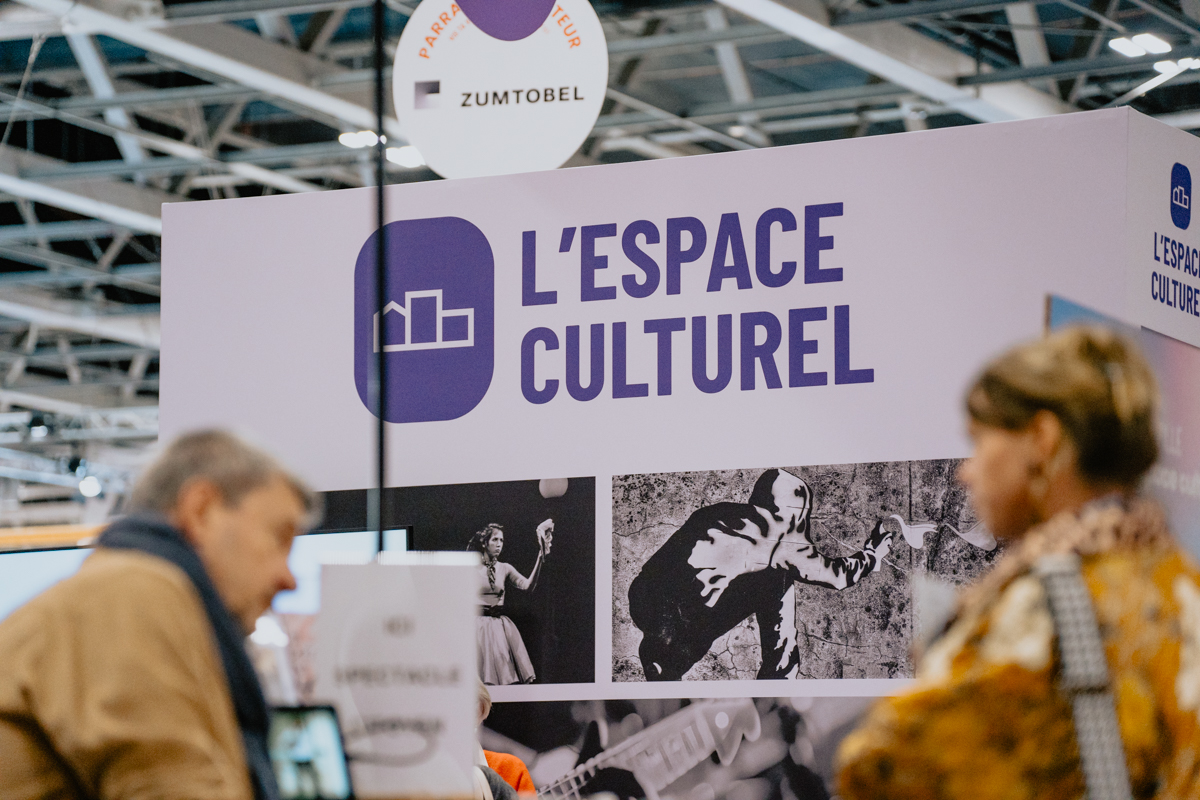
Espace Culturel (Cultural Space) – Hall 6
At the heart of the Culture, Leisure & Events sector, the Mayors’ Fair offers a dedicated space to bring together stakeholders committed to the role of culture in everyday life—its places, forms, and expressions—in a troubled context calling for collective mobilization.
The fair explores the innovations implemented by these stakeholders to address these challenges, the place and transformations of cultural venues in cities, and ways to make culture accessible to the greatest number. These topics will be further developed during the fair, notably through the exhibitors present in the Cultural space.
La Mairie Connectée (Connected Town Hall) – Hall 4
Local authorities increasingly rely on digital technology to improve public services, notably with the rise of artificial intelligence, which opens new perspectives and challenges.
The “Connected Town Hall” exemplifies this digitalization by dematerializing management tools and exchanges between administrations, digitizing infrastructures to optimize their operation through data, and using advanced modeling tools to better understand the territory and prepare projects. It also aims to improve communication and consultation with residents via digital means, while adopting environmentally respectful digital practices and strengthening the security of equipment and sensitive data against cyberattacks.
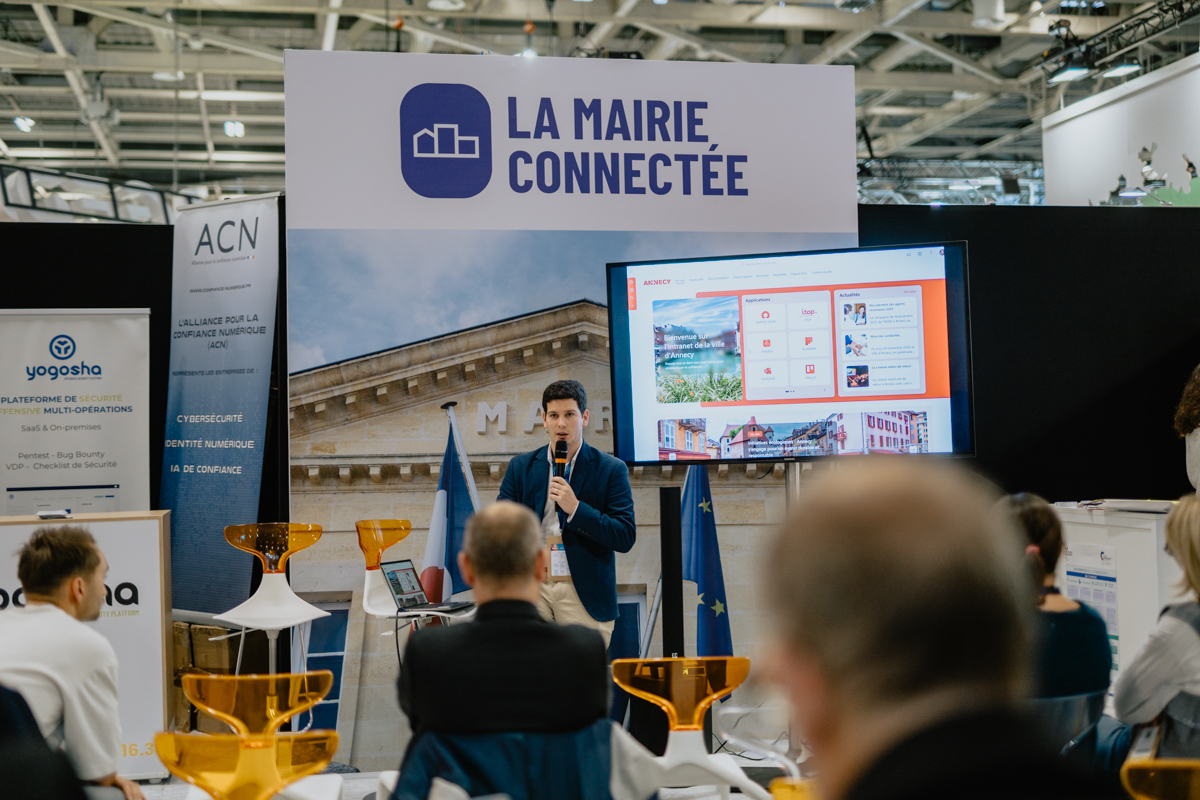
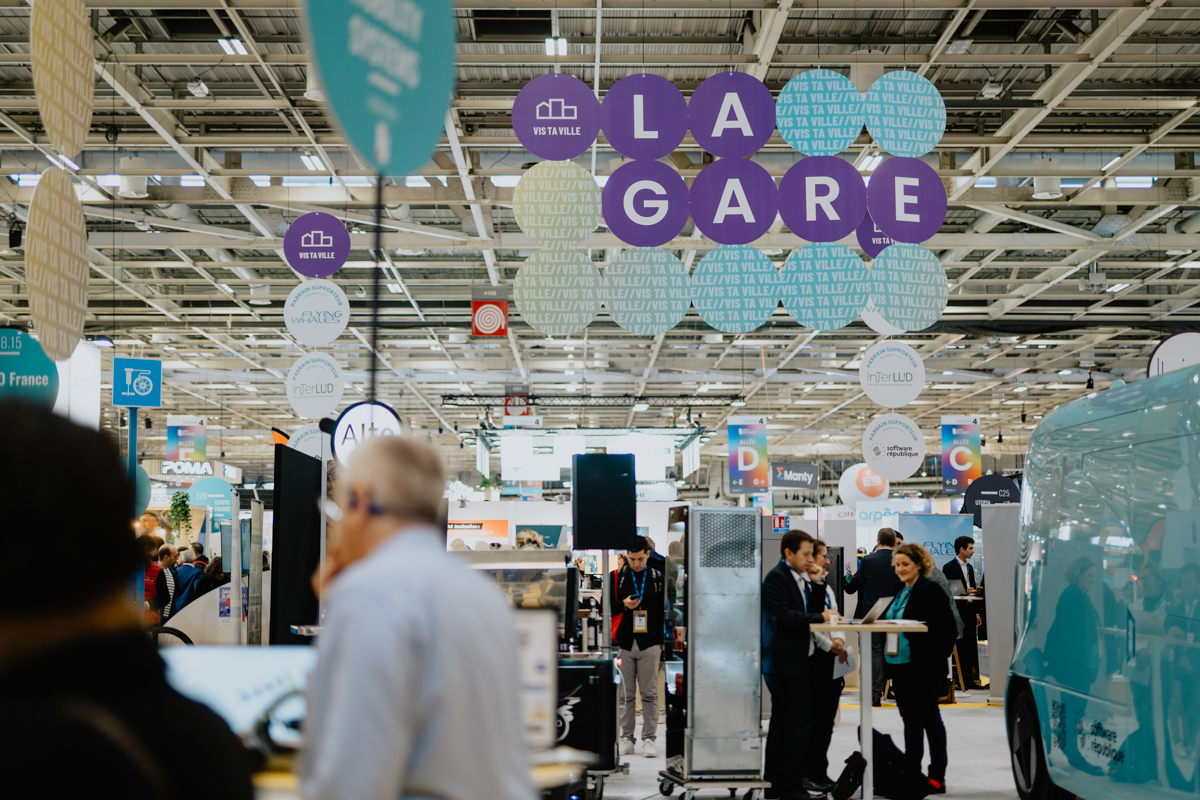
La Gare (The Train Station) – Hall 4
Accessible transportation options for the broadest audience enhance a territory’s attractiveness and dynamism while contributing to necessary transitions in our lifestyles. This includes daily travel, city-to-countryside connections, territorial supply, and business logistics.
Facing decarbonization challenges, the train station plays a central role by linking these essential services, facilitating modal shifts, ensuring rail-road continuity, and reorganizing journeys. It also welcomes users with amenities and social spaces, making the station a vibrant place at the heart of the city and its territory. The Vis-Ta-Ville project accelerates the deployment of these new modes of transport.
La Maison de la Santé (The Health Center) – Hall 6
In response to medical desertification, local authorities mobilize to strengthen healthcare services in their territories, often marked by an aging population. To avoid long travel distances for residents, alternatives support sometimes distant care structures.
The Health Center, at the core of the “Living Together” sector, highlights solutions to address this deficit, such as remote consultations via digital tools adapted to telemedicine, itinerant care services in isolated areas, and solidarity among doctors. Authorities express many expectations to deploy effective and flexible solutions capable of meeting local medical and paramedical needs.
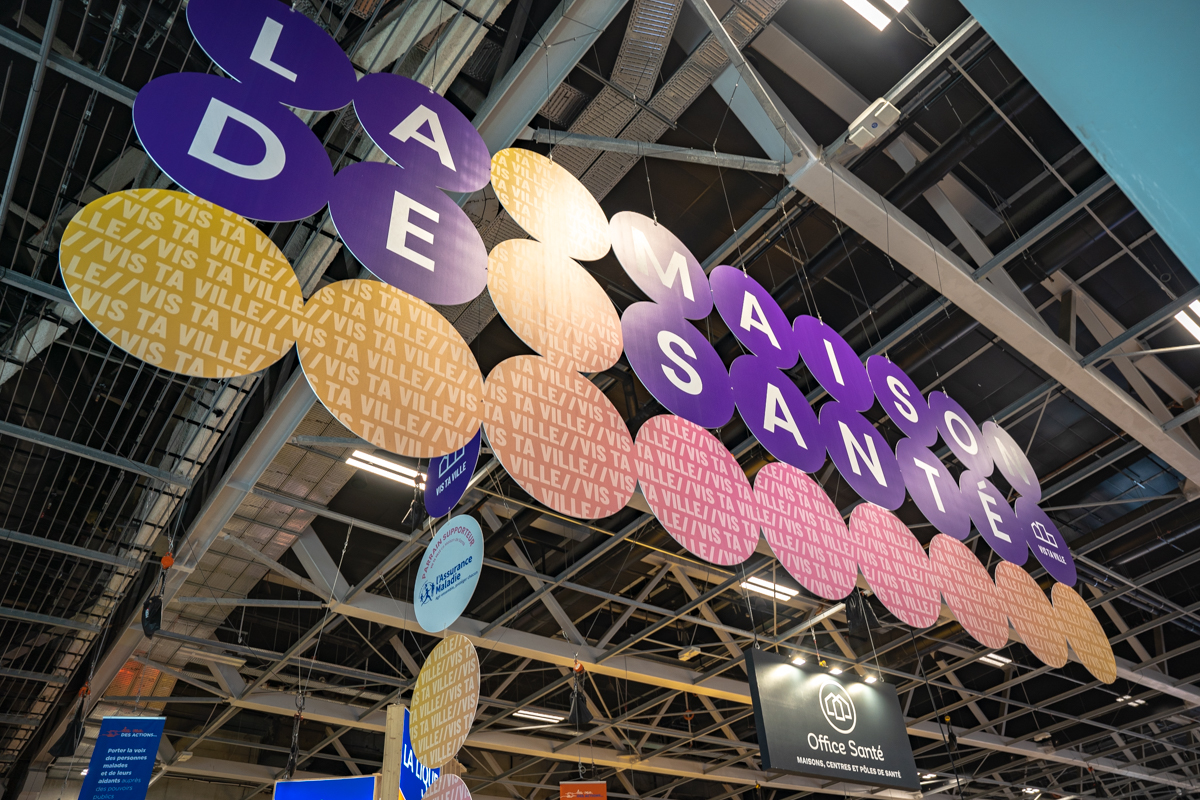
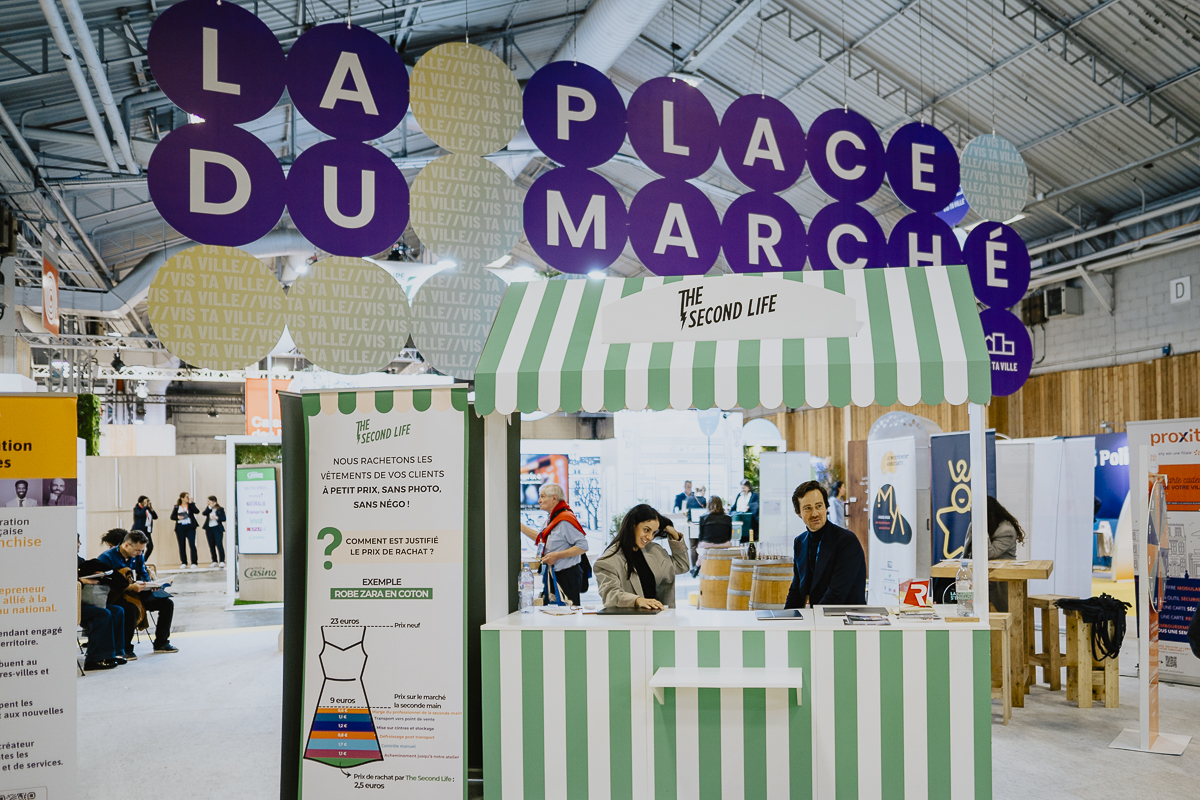
Le Marché (The Market) – Hall 2
Local services, organization through short supply chains, a dynamic local economy providing stable, non-relocatable jobs, and access to nearby solidarity networks…
These are the pillars of sought-after attractiveness. Having become a hub of good living at the fair over several editions, this space continues to showcase trends and levers structuring local economic dynamism. It will host and organize the contribution of various actors who collectively help generate value in the territory.
At the heart of the Development & Territorial Attractiveness sector in Pavilion 2, visitors will be immersed in a scenographed space reflecting the market codes found in towns and villages across France.
L’Ecole (The School) – Hall 6
Schools are evolving, redefining their “school forms” and involving education professionals as well as local authorities. This space highlights several trends, such as renewing school spaces to foster socialization, daily life rhythms, and address ecological challenges through renovation or new building construction.
Classroom structuring is also evolving, placing the student at the center of learning by combining playful and educational activities. Schoolyards are transforming into vegetated “oasis yards” to combat climate change while promoting inclusion, sports, and culture. Additionally, initiatives such as “car-free school streets” and programs like “know how to move, ride, swim” raise awareness about sustainable lifestyles. Finally, integrating digital equipment enhances learning and prepares students for an increasingly connected society.
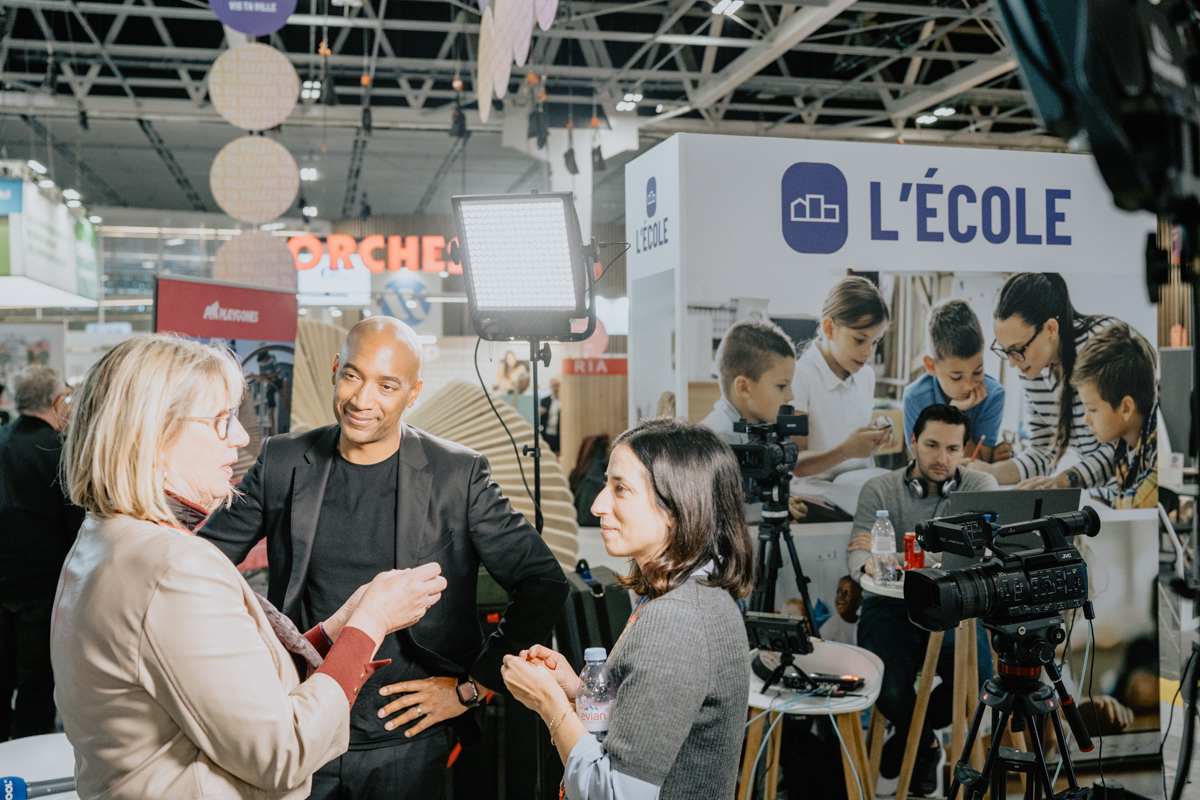
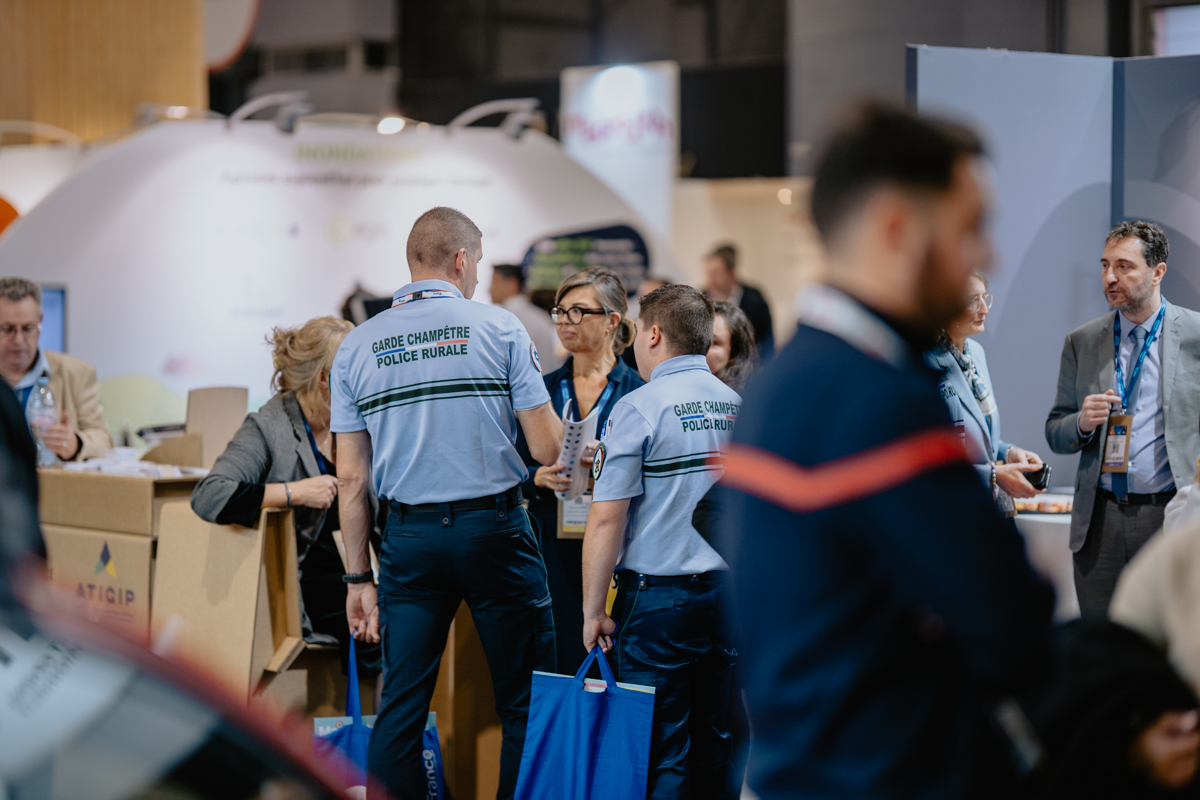
La Cellule de crise (The Crisis Unit) – Hall 3
New this year
In response to the growing risks associated with climate change, the Crisis Unit is dedicated to anticipation, management, and resilience in local areas. Faced with today’s challenges, it is crucial to be prepared and have the right tools at your disposal.
This unique space offers solutions, expertise, and concrete tools to help local authorities protect their populations and infrastructure. It is a place for exchange and learning where you can discover strategies to strengthen the resilience of your territories in the face of climate events and crises.
